Home>Home Appliances>Cleaning Appliances>How To Clean A Fabric Chair Without A Steam Cleaner
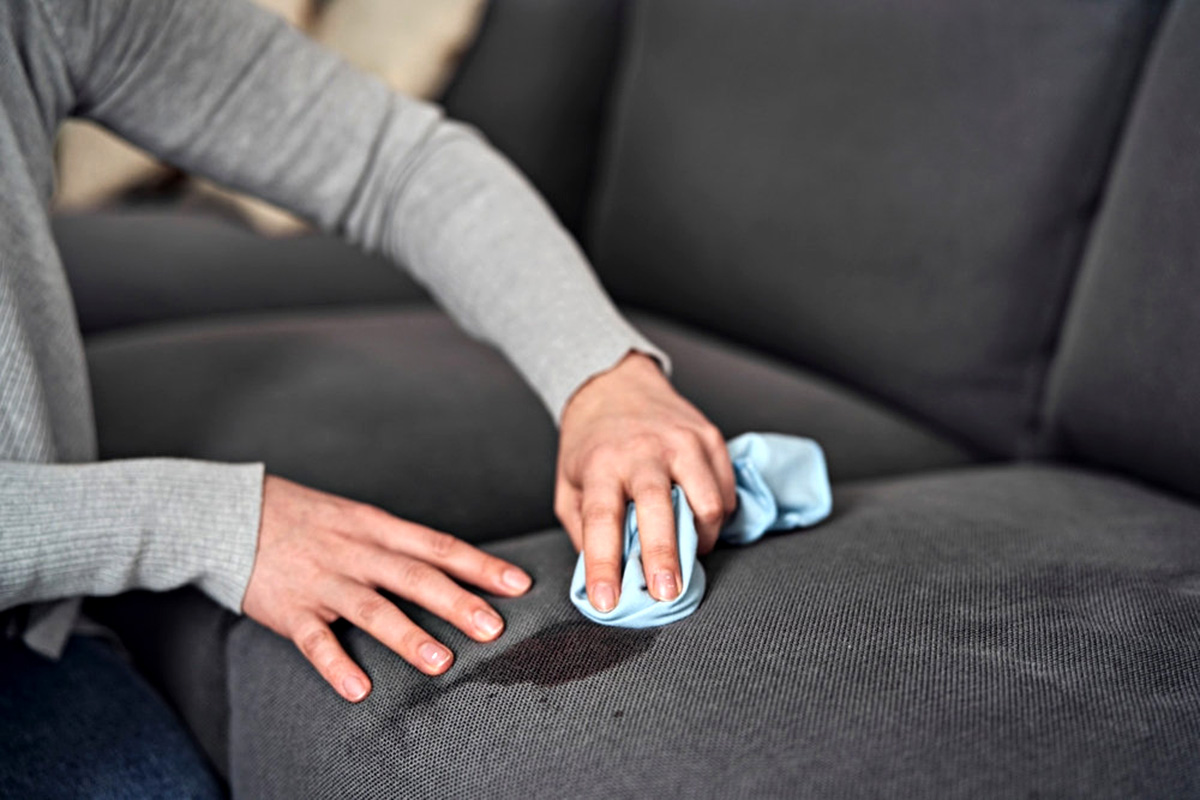

Cleaning Appliances
How To Clean A Fabric Chair Without A Steam Cleaner
Modified: January 4, 2024
Learn how to effectively clean a fabric chair without a steam cleaner using simple cleaning appliances. Keep your furniture looking fresh and clean with these easy tips.
(Many of the links in this article redirect to a specific reviewed product. Your purchase of these products through affiliate links helps to generate commission for Storables.com, at no extra cost. Learn more)
Introduction
Welcome to the comprehensive guide on how to clean a fabric chair without a steam cleaner. Fabric chairs are a popular and comfortable seating option in many homes and offices. Over time, they can accumulate dirt, stains, and odors, making it essential to clean them regularly to maintain their appearance and hygiene. While steam cleaners are effective for deep cleaning, not everyone has access to one. Fortunately, there are alternative methods for cleaning fabric chairs that can yield impressive results.
In this article, we will explore step-by-step instructions for assessing the chair, preparing a cleaning solution, spot cleaning stains, and cleaning the entire chair. Additionally, we will discuss the importance of properly drying the fabric chair to prevent damage and maintain its integrity. By following these guidelines, you can effectively clean your fabric chair without a steam cleaner, prolonging its lifespan and keeping it looking fresh and inviting.
Key Takeaways:
- Keep your fabric chair clean and fresh without a steam cleaner by assessing the fabric type, preparing a suitable cleaning solution, and spot cleaning stains promptly to maintain its appearance and hygiene.
- After cleaning, ensure your fabric chair dries thoroughly by maximizing airflow, using fans, and ensuring all components are completely dry before use to preserve its integrity and prevent mold or mildew growth.
Read more: How To Clean A Couch Without A Steam Cleaner
Assessing the Chair
Before diving into the cleaning process, it’s crucial to assess the fabric chair to determine the type of fabric and the extent of cleaning required. Different fabrics, such as cotton, linen, polyester, or microfiber, may have specific cleaning instructions and react differently to cleaning solutions. Additionally, identifying any stains, spills, or areas of heavy soiling will help tailor the cleaning approach to address these specific issues.
Start by examining the care label attached to the chair, which often provides valuable information regarding the recommended cleaning methods and potential restrictions. If the care label is missing or illegible, consider conducting a spot test in an inconspicuous area to check how the fabric responds to the cleaning solution. This test can prevent potential damage or discoloration to the fabric during the cleaning process.
Furthermore, take note of any removable cushions or covers on the chair. If these components can be detached, it may be easier to clean them separately, ensuring a more thorough and effective cleaning outcome. Assessing the chair’s condition and construction will guide you in formulating a targeted cleaning strategy, whether it involves addressing specific stains, overall dirt accumulation, or refreshing the fabric’s appearance.
By carefully evaluating the fabric chair and understanding its unique characteristics, you can proceed with confidence in selecting the appropriate cleaning methods and products. This proactive approach sets the stage for successful and tailored fabric chair cleaning, promoting optimal results while safeguarding the chair’s integrity.
Preparing the Cleaning Solution
Once you have assessed the fabric chair and identified the cleaning requirements, the next step is to prepare a suitable cleaning solution. The choice of cleaning solution will depend on the fabric type, the nature of the stains, and any specific cleaning recommendations provided by the chair’s manufacturer.
For general fabric chair cleaning, a gentle yet effective cleaning solution can be created using common household ingredients. One popular option is a mixture of mild dish soap and warm water. To prepare this solution, combine a few drops of mild dish soap with warm water in a bucket or spray bottle. Stir or shake the solution gently to ensure thorough mixing without creating excessive suds.
If the fabric chair is made of a more delicate material, such as silk or vintage upholstery, a milder approach may be necessary. In such cases, consider using a specialized upholstery cleaner designed for delicate fabrics. Always follow the manufacturer’s instructions when using commercial cleaning products to ensure safe and effective application.
For addressing specific stains, such as grease, ink, or wine, targeted cleaning solutions can be prepared to tackle these stubborn blemishes. For instance, a mixture of white vinegar and water can be effective for combating odors and lifting certain types of stains. Alternatively, a paste made from baking soda and water can be applied to absorb and lift greasy or oily stains.
It’s important to remember that excessive moisture can damage certain fabrics, so it’s advisable to use cleaning solutions sparingly and to test them in inconspicuous areas before applying them to larger sections of the fabric chair. By preparing a suitable cleaning solution tailored to the fabric type and specific cleaning needs, you can embark on the cleaning process with confidence, knowing that the chosen solution is optimized for effective and safe fabric chair cleaning.
Spot Cleaning Stains
Addressing stains promptly and effectively is a key aspect of fabric chair maintenance. Spot cleaning stains can prevent them from setting and becoming more challenging to remove. Whether it’s a coffee spill, ink mark, or food stain, targeted spot cleaning can help restore the chair’s appearance and prevent permanent discoloration.
To begin spot cleaning, start by blotting the stained area with a clean, white cloth or paper towel to absorb any excess liquid. Avoid rubbing the stain, as this can spread it further into the fabric. Once the excess liquid has been blotted, assess the nature of the stain to determine the most suitable cleaning approach.
For water-based stains, such as juice or soda spills, a mild cleaning solution, such as the previously prepared dish soap and water mixture, can be applied to the stained area. Using a clean cloth or sponge, gently dab the stained area with the cleaning solution, working from the outer edges toward the center to prevent the stain from spreading. After applying the solution, continue blotting the area with a dry cloth to absorb the moisture and lift the stain.
For oil-based stains, such as grease or food oil, a different approach is needed. In such cases, a small amount of a suitable solvent, such as rubbing alcohol or a specialized upholstery cleaner, can be applied to the stain. Again, gentle blotting with a clean cloth or sponge can help lift the oil-based stain without spreading it further.
When dealing with stubborn or set-in stains, it may be necessary to repeat the spot cleaning process multiple times to achieve the desired results. Additionally, allowing the cleaned area to air dry completely before assessing the stain’s status can provide a clearer indication of the effectiveness of the spot cleaning efforts.
By employing targeted spot cleaning techniques tailored to the specific type of stain, you can effectively address blemishes on the fabric chair, preserving its appearance and prolonging its lifespan. Spot cleaning stains as they occur is a proactive approach to fabric chair maintenance, ensuring that the chair remains clean, inviting, and free from unsightly marks.
Mix a solution of mild detergent and water. Use a soft-bristled brush to gently scrub the fabric in a circular motion. Rinse with a clean, damp cloth and allow to air dry.
Cleaning the Entire Chair
After spot cleaning any stains and addressing specific problem areas, it’s time to focus on cleaning the entire fabric chair to refresh its overall appearance and remove accumulated dirt and odors. This comprehensive cleaning process will help maintain the chair’s cleanliness and ensure that it remains an inviting and hygienic seating option.
Before beginning the cleaning process, remove any removable cushions or covers from the chair, if possible. This will allow for more thorough cleaning and ensure that all components of the chair receive attention. If the cushions or covers are machine washable, follow the manufacturer’s instructions for washing and drying them.
To clean the main body of the fabric chair, start by lightly vacuuming the entire surface using a soft brush attachment. This will help remove surface dust, debris, and loose particles that may have settled into the fabric. Pay special attention to seams, crevices, and areas where dirt and dust tend to accumulate.
Once the surface has been vacuumed, it’s time to apply the previously prepared cleaning solution to the fabric. Using a clean cloth or sponge, lightly dampen the fabric with the cleaning solution, working in small sections at a time. Avoid oversaturating the fabric, as excessive moisture can lead to prolonged drying times and potential damage to the fabric.
Gently agitate the dampened fabric with a soft-bristled brush or a microfiber cloth to help lift embedded dirt and grime. Focus on areas that experience heavy use, such as armrests and seat cushions, as these areas are prone to accumulating dirt and oils from regular contact.
After cleaning the entire chair, allow it to air dry thoroughly before using it again. Proper drying is essential to prevent mildew or mold growth and to ensure that the fabric retains its integrity and appearance. If possible, position the chair in a well-ventilated area or use fans to expedite the drying process.
By following these steps, you can effectively clean the entire fabric chair, rejuvenating its appearance and maintaining its cleanliness. Regularly incorporating this comprehensive cleaning process into your fabric chair maintenance routine will help preserve its condition and ensure that it continues to provide comfort and aesthetic appeal for years to come.
Drying the Fabric Chair
Properly drying the fabric chair after cleaning is a crucial step in the maintenance process, as it ensures that the fabric retains its integrity, prevents the development of mold or mildew, and allows you to resume using the chair promptly. Whether you’ve spot cleaned stains or conducted a comprehensive cleaning of the entire chair, following appropriate drying techniques is essential to preserve the fabric’s appearance and functionality.
After cleaning the fabric chair, it’s important to allow it to air dry thoroughly before using it again. To facilitate the drying process, position the chair in a well-ventilated area with good air circulation. This can be near an open window, under a ceiling fan, or in a room with a gentle breeze. Maximizing airflow around the chair will expedite the evaporation of moisture from the fabric.
If the weather permits and outdoor space is available, placing the fabric chair in a shaded area outdoors can also aid in the drying process. However, avoid direct sunlight, as prolonged exposure to sunlight can lead to fading or discoloration of the fabric. Additionally, be mindful of weather conditions and bring the chair indoors if rain is expected.
To accelerate drying, consider using fans to enhance air circulation around the fabric chair. Positioning fans strategically to direct airflow toward the chair can expedite the evaporation of moisture, especially in humid environments or during colder seasons when indoor heating may slow the drying process.
If the fabric chair has removable cushions or covers that have been washed, ensure that these components are dried thoroughly before reassembling them onto the chair. Follow the manufacturer’s instructions for drying these items, whether it involves air drying, tumble drying on low heat, or other specific recommendations.
Throughout the drying process, periodically assess the fabric’s moisture level by lightly touching the surface. Once the fabric feels completely dry to the touch, the chair is ready to be used again. Avoid using the fabric chair while it is still damp, as this can lead to unpleasant odors and potential damage to the fabric.
By allowing the fabric chair to dry completely using appropriate techniques and taking care to ensure that all components are thoroughly dried, you can maintain the chair’s cleanliness and appearance while preserving its structural integrity. Incorporating proper drying practices into your fabric chair maintenance routine will contribute to its longevity and continued enjoyment.
Conclusion
Cleaning a fabric chair without a steam cleaner is a manageable and rewarding task that can significantly extend the chair’s lifespan and maintain its visual appeal. By following the step-by-step guidelines outlined in this comprehensive guide, you can effectively address dirt, stains, and odors, revitalizing the fabric chair and ensuring that it remains a comfortable and inviting seating option.
Assessing the chair’s fabric type and cleaning requirements sets the stage for a targeted and effective cleaning approach, ensuring that the chosen cleaning methods and solutions are optimized for the specific fabric characteristics. This proactive assessment helps tailor the cleaning process to address the chair’s unique needs, promoting successful outcomes while safeguarding the fabric’s integrity.
Preparing a suitable cleaning solution, whether it’s a mild dish soap and water mixture for general cleaning or specialized solutions for delicate fabrics and stubborn stains, empowers you to approach fabric chair cleaning with confidence. The choice of cleaning solution plays a pivotal role in achieving thorough and safe cleaning results, ensuring that the fabric chair is revitalized without compromising its quality.
Spot cleaning stains as they occur is an essential aspect of fabric chair maintenance, preventing stains from setting and becoming more challenging to remove. By employing targeted spot cleaning techniques tailored to the specific type of stain, you can effectively address blemishes on the fabric chair, preserving its appearance and prolonging its lifespan.
Conducting a comprehensive cleaning of the entire fabric chair, including vacuuming, applying the cleaning solution, and gently agitating the fabric, rejuvenates its overall appearance and removes accumulated dirt and odors. This thorough cleaning process ensures that the chair remains clean, inviting, and free from unsightly marks, contributing to a hygienic and aesthetically pleasing environment.
Properly drying the fabric chair after cleaning is vital to preserve the fabric’s integrity, prevent mold or mildew development, and ensure that the chair can be used promptly. By following appropriate drying techniques, such as maximizing airflow, using fans, and ensuring thorough drying of removable components, you can maintain the chair’s cleanliness and appearance while preserving its structural integrity.
In conclusion, by incorporating these cleaning strategies into your fabric chair maintenance routine, you can effectively clean and rejuvenate the chair without the need for a steam cleaner. This proactive approach to fabric chair care promotes longevity, cleanliness, and visual appeal, ensuring that the fabric chair remains a comfortable and inviting part of your living or workspace for years to come.
Frequently Asked Questions about How To Clean A Fabric Chair Without A Steam Cleaner
Was this page helpful?
At Storables.com, we guarantee accurate and reliable information. Our content, validated by Expert Board Contributors, is crafted following stringent Editorial Policies. We're committed to providing you with well-researched, expert-backed insights for all your informational needs.
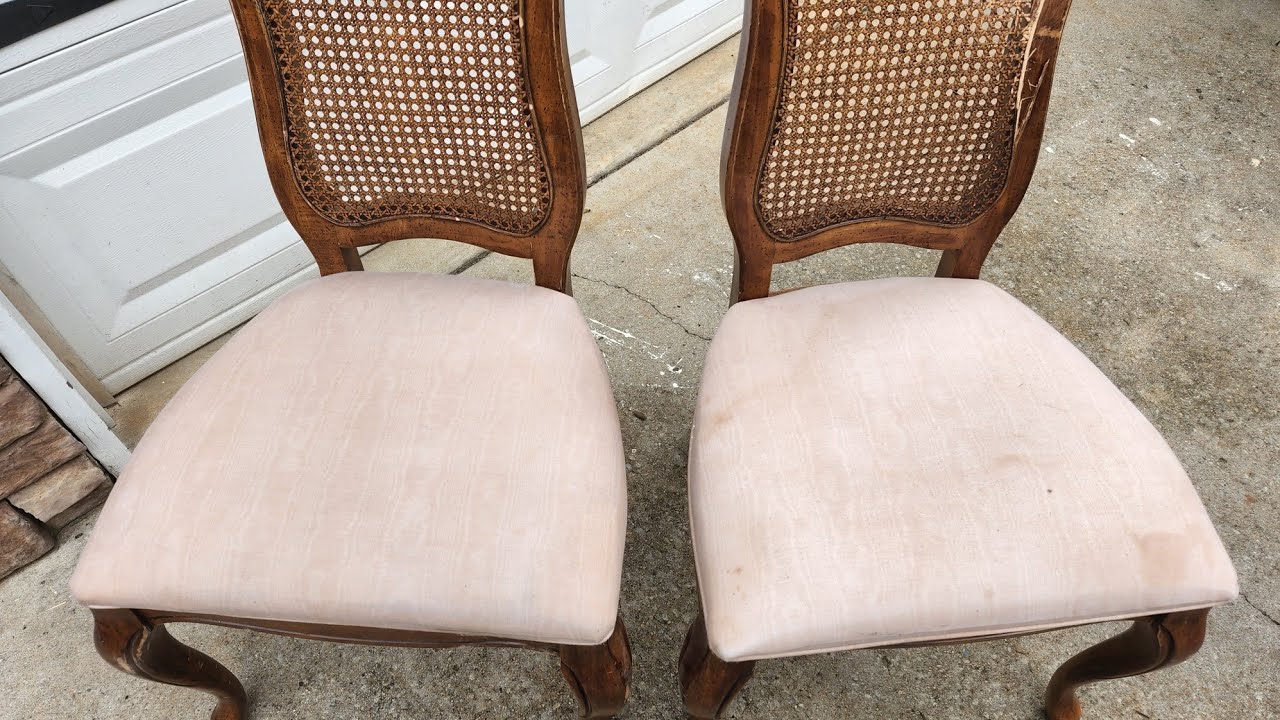
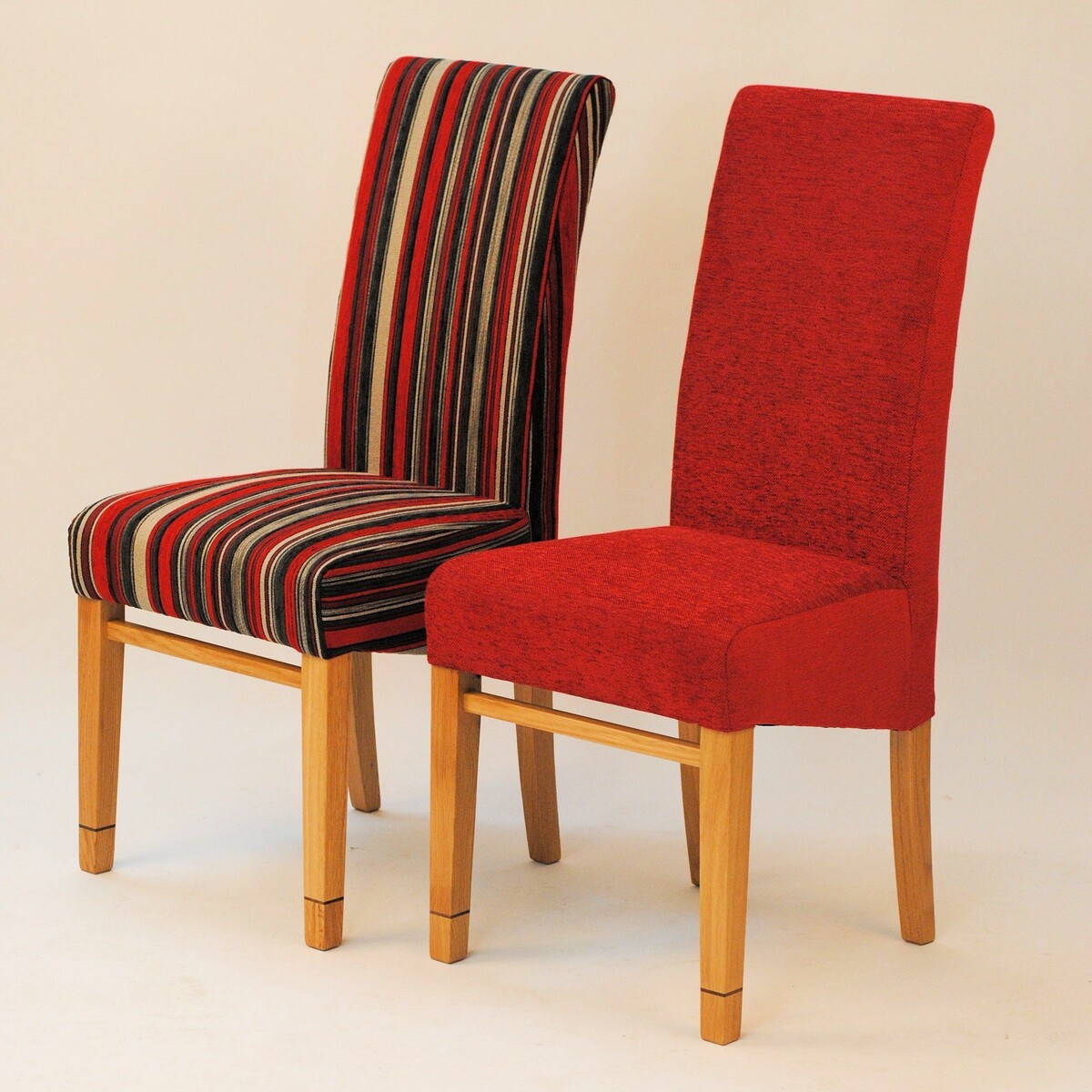
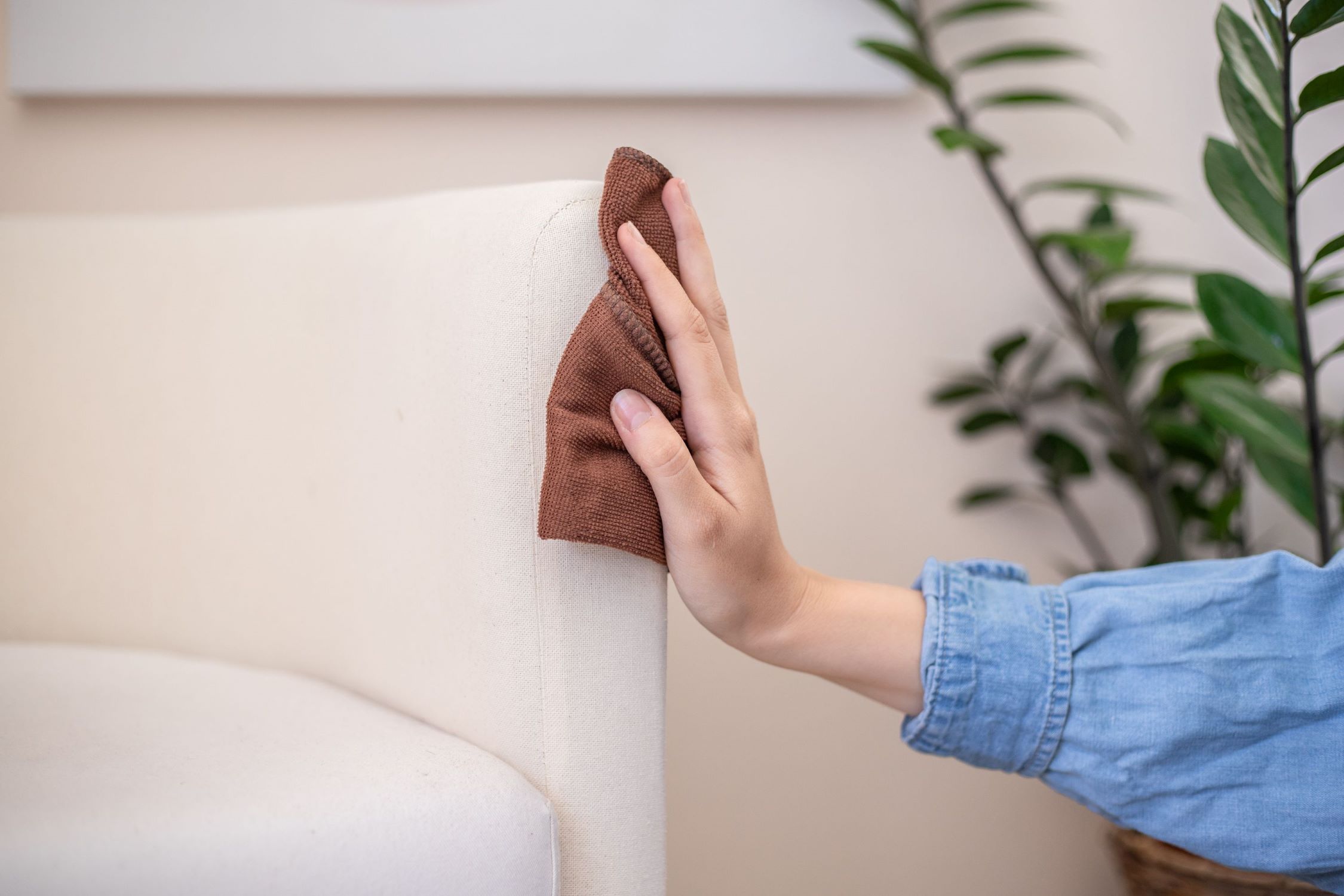
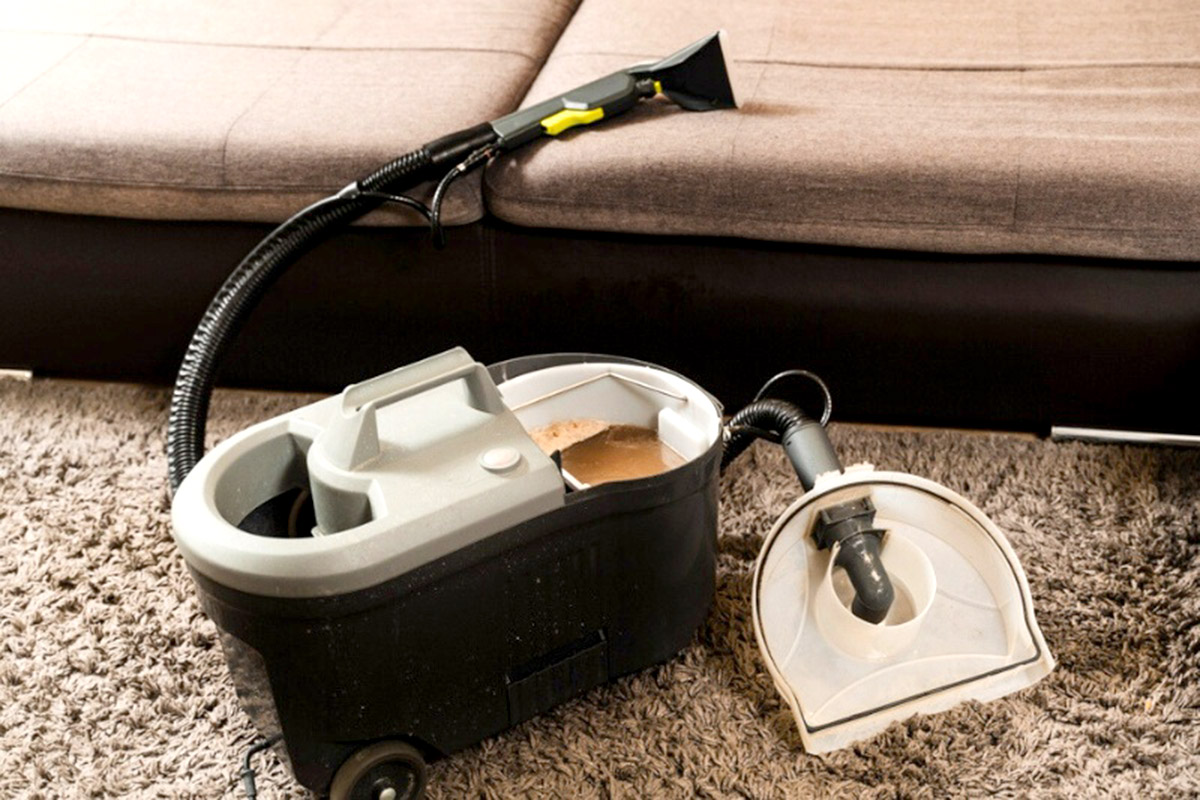
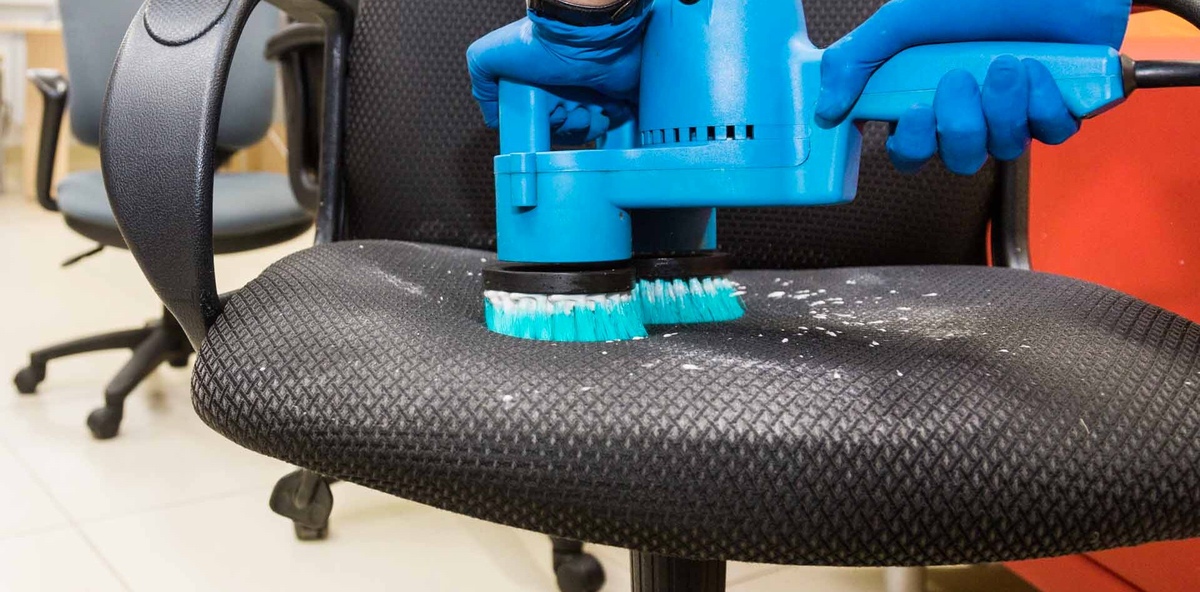
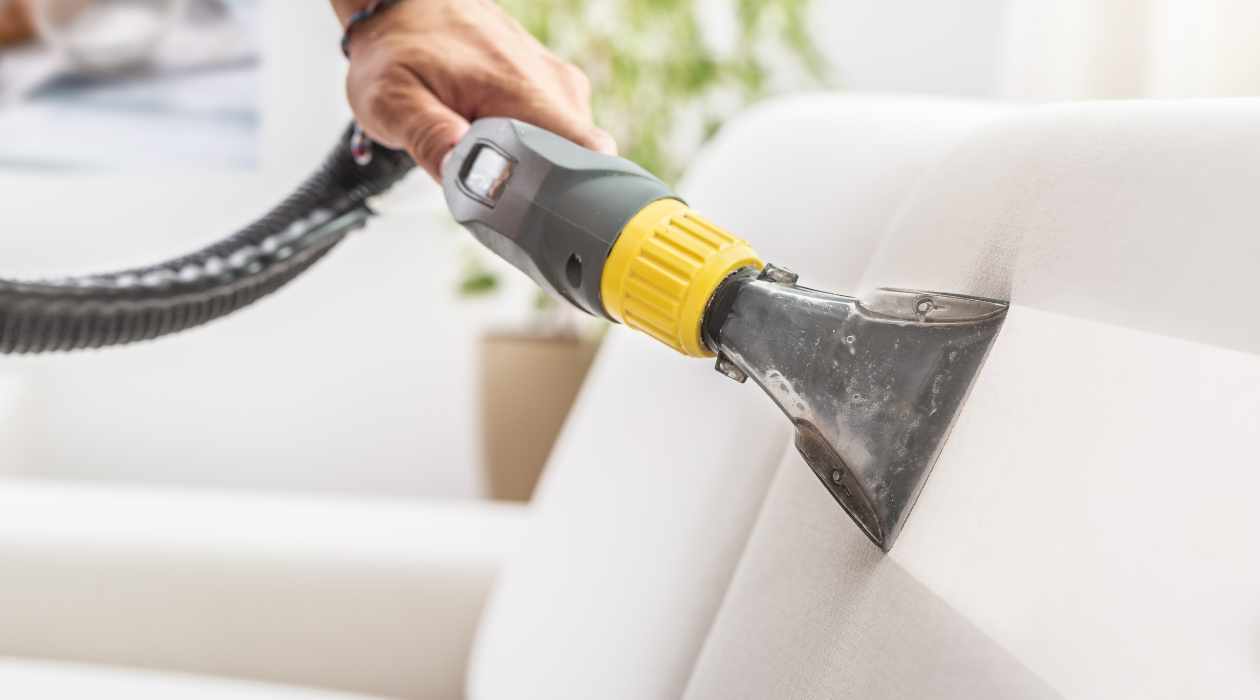
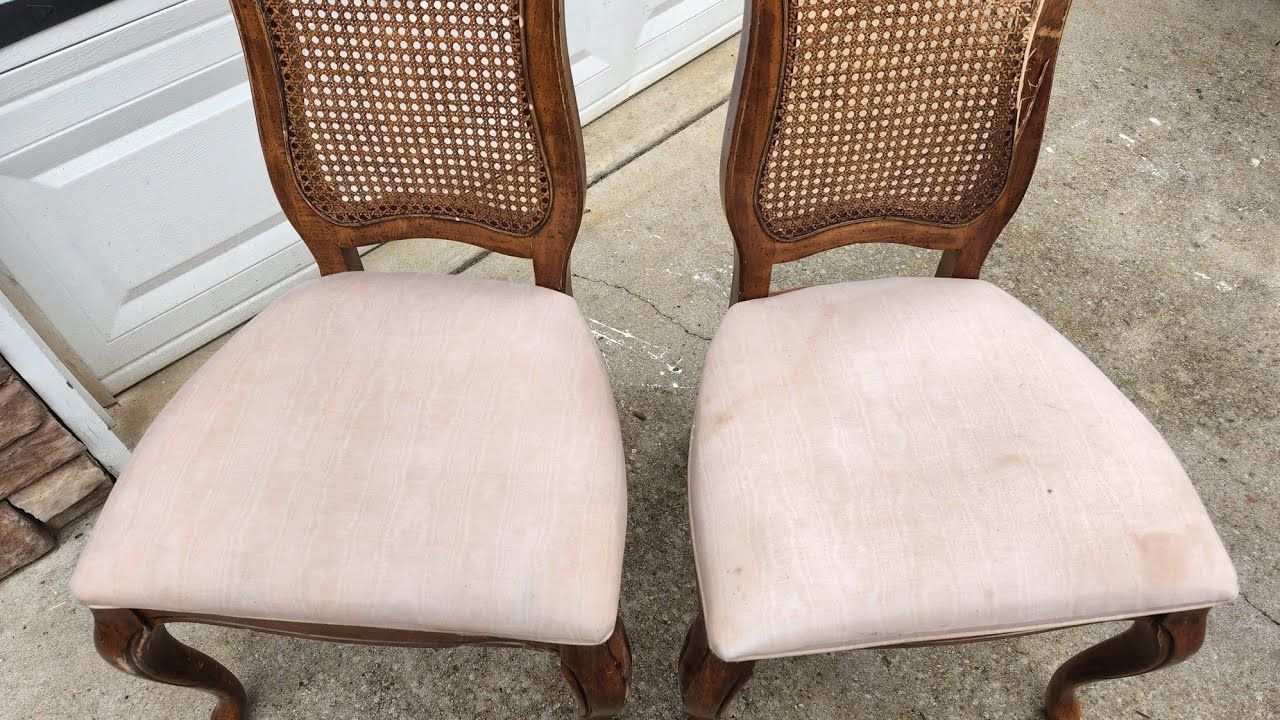
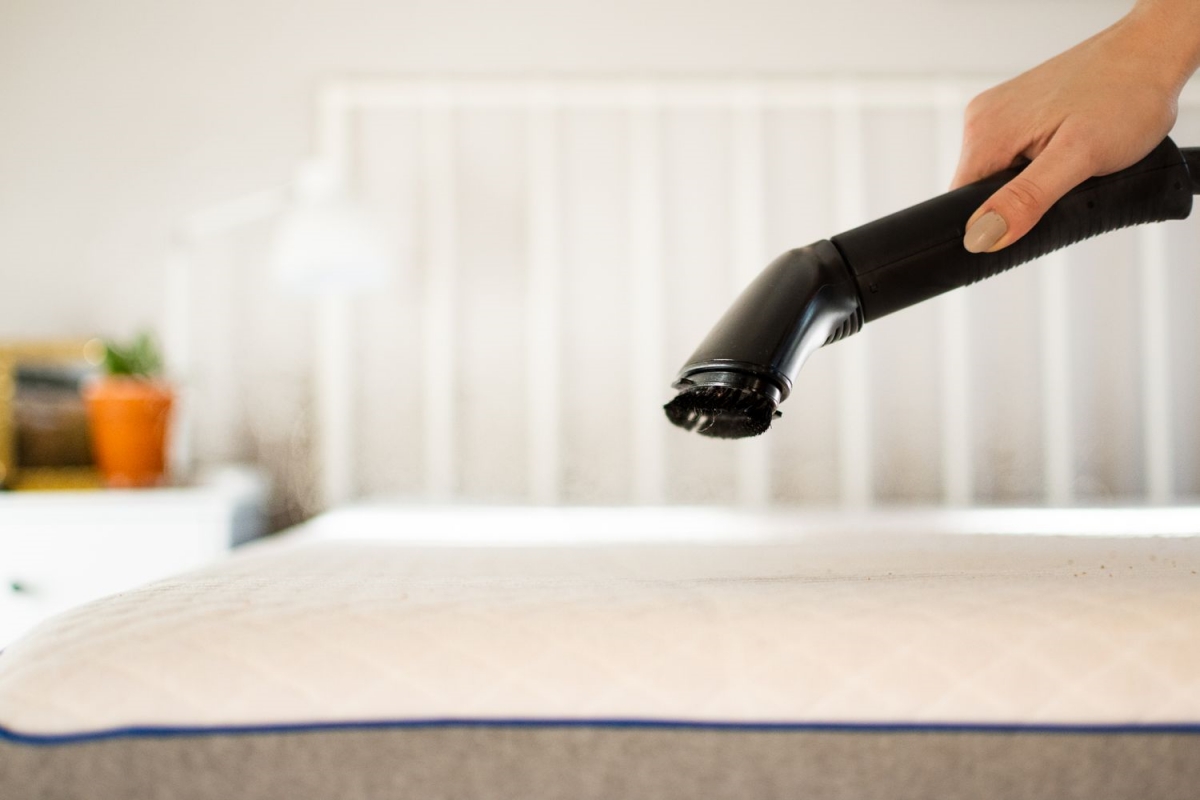
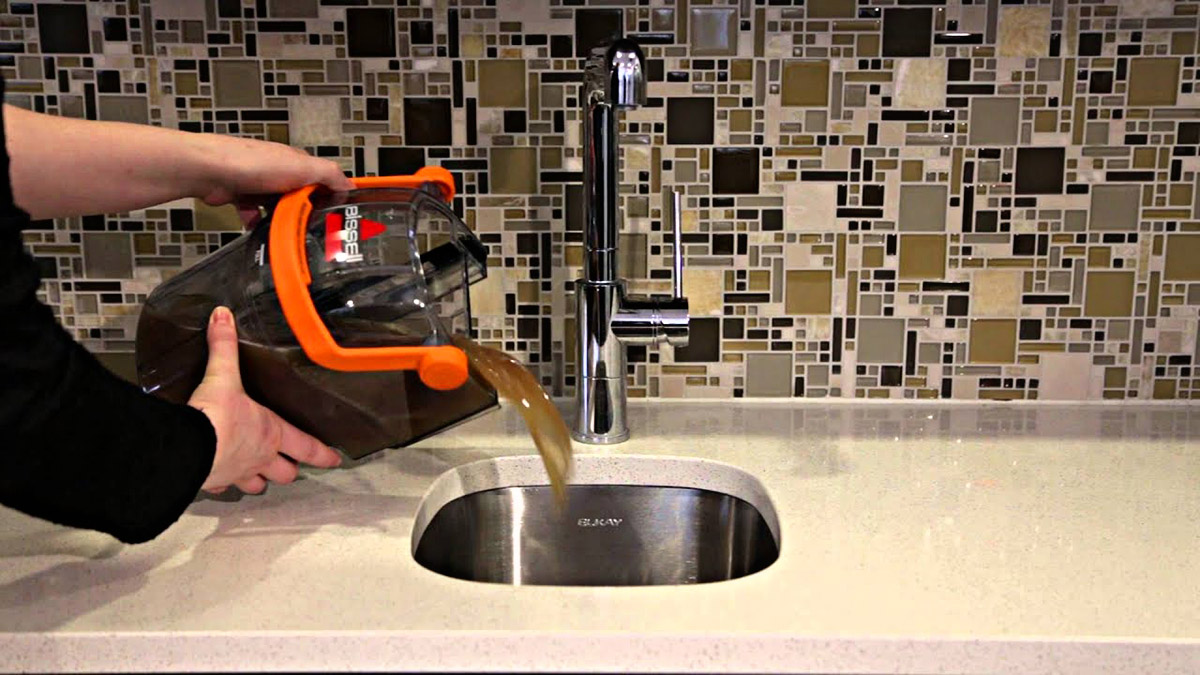
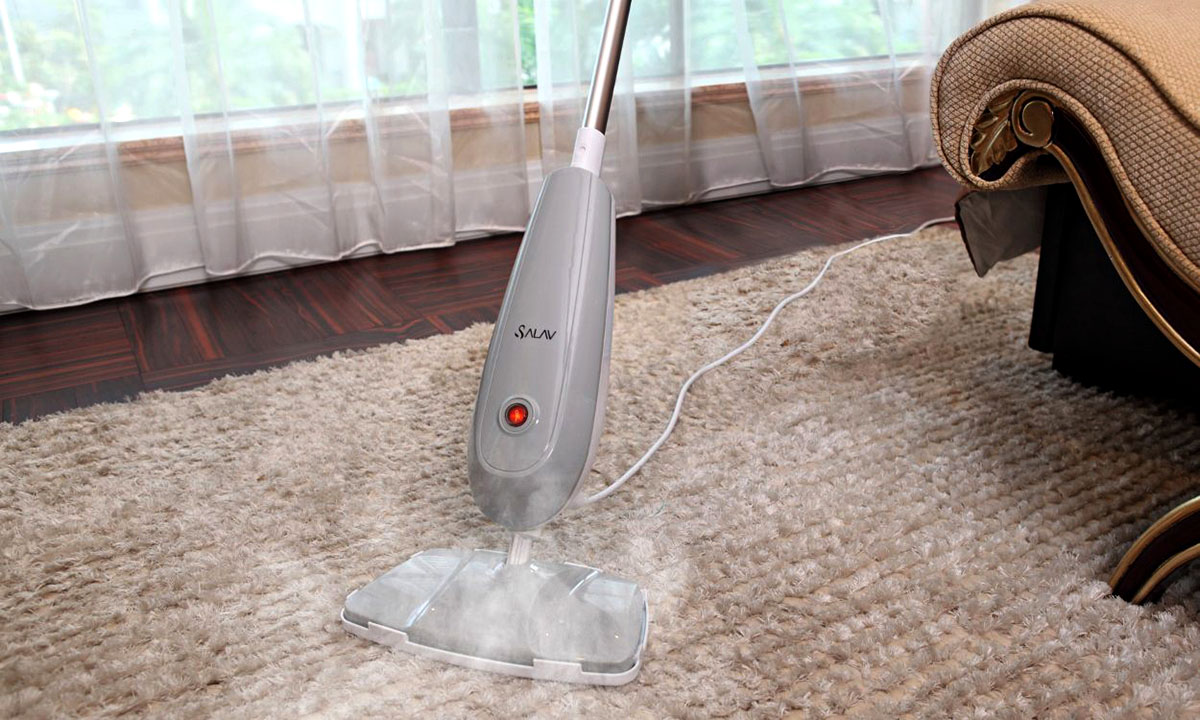
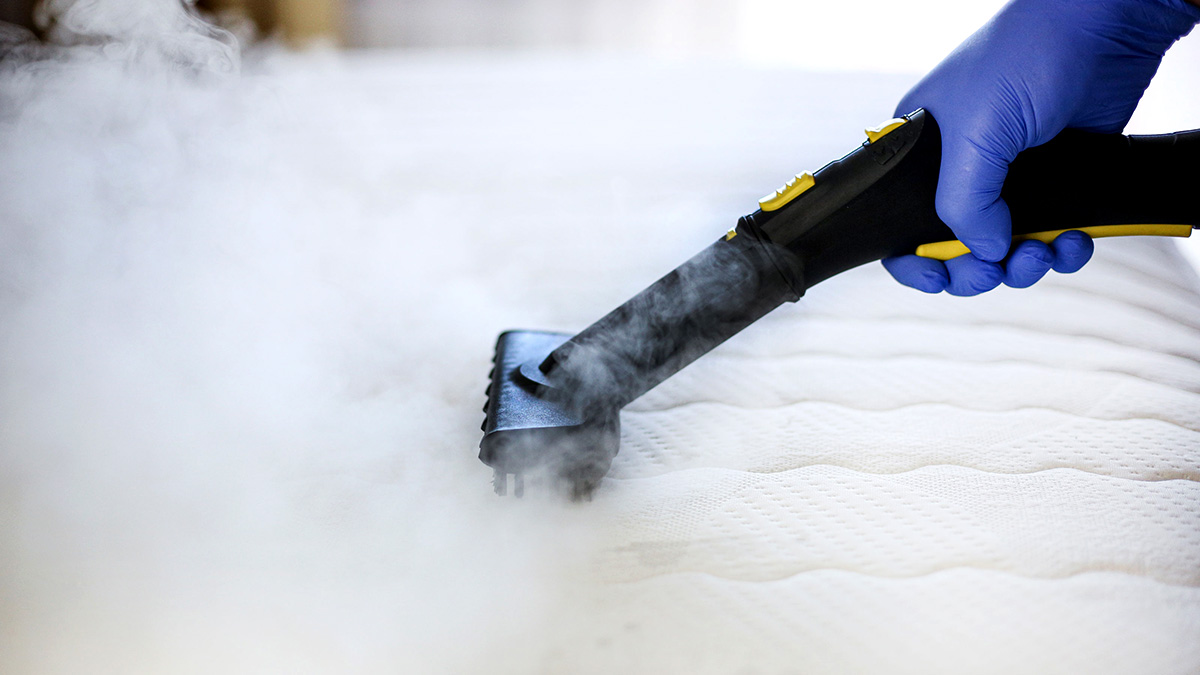
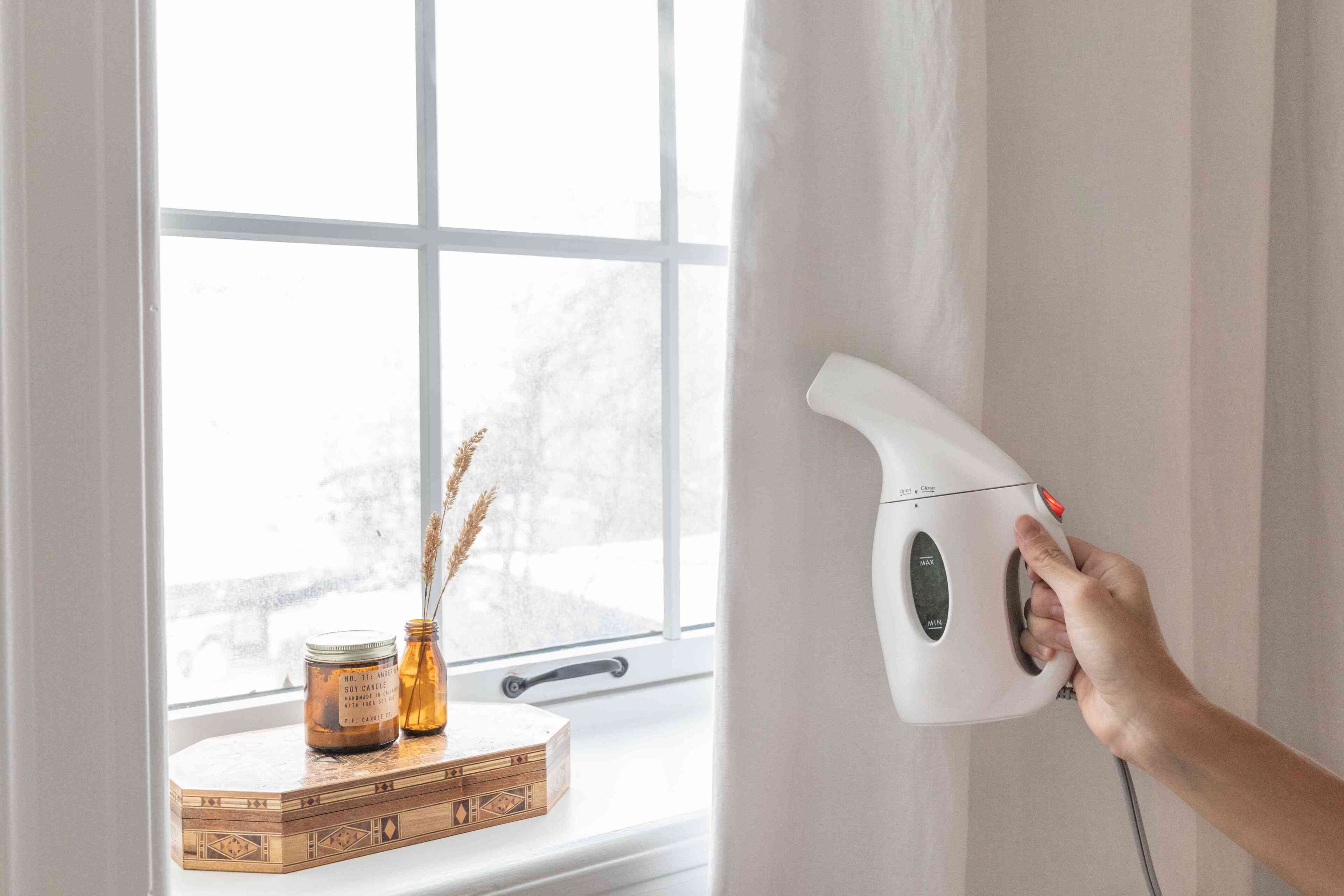
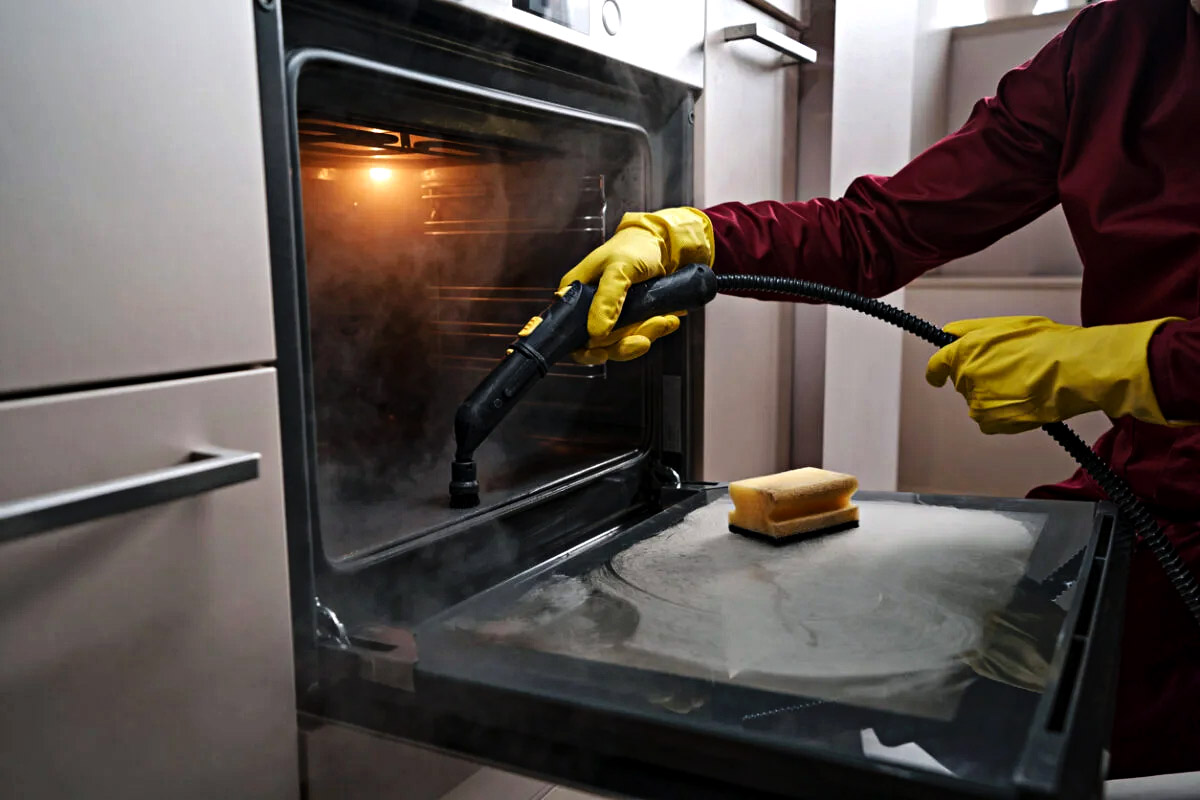
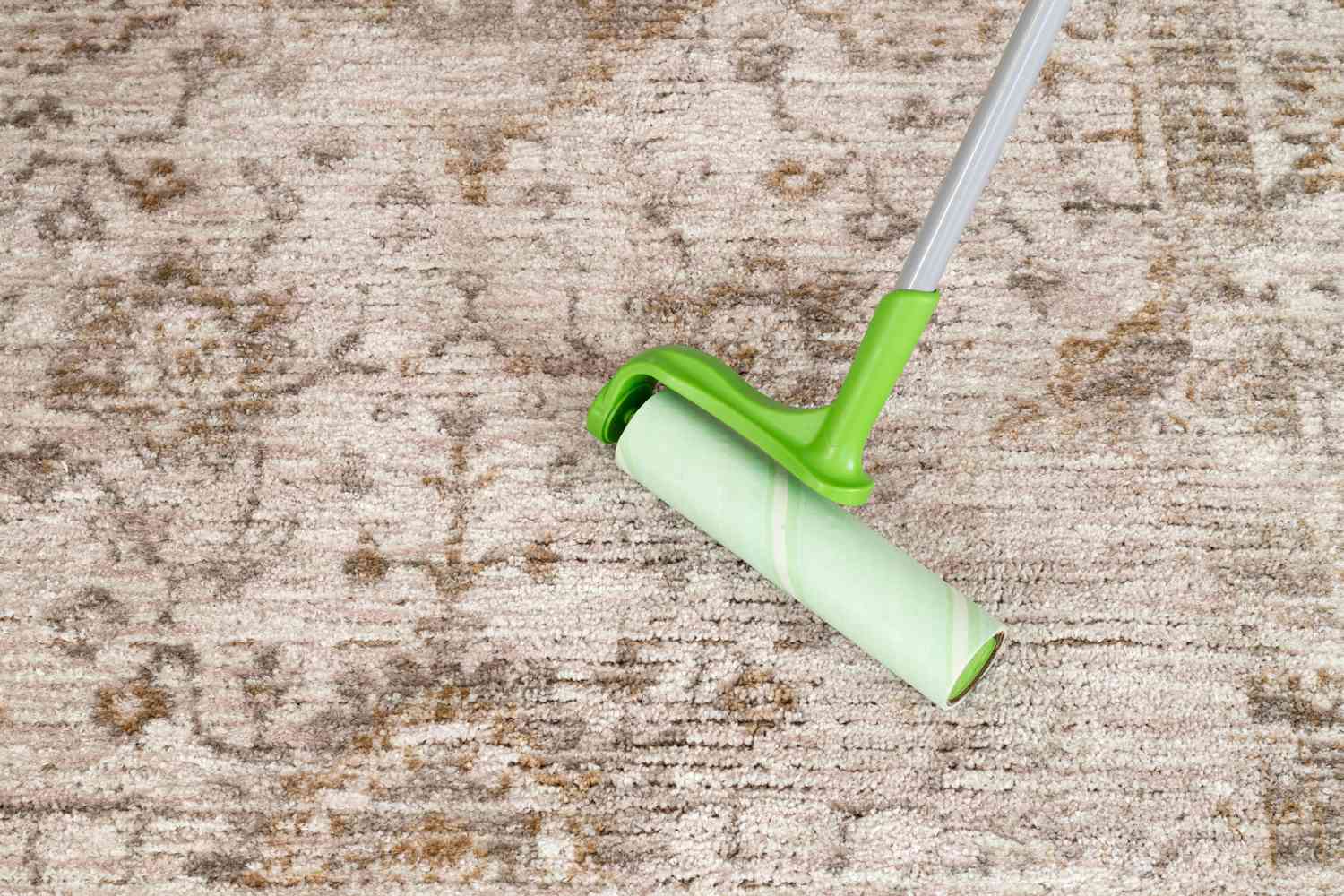

0 thoughts on “How To Clean A Fabric Chair Without A Steam Cleaner”